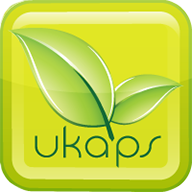Hi!
Seachem recommends to keep for planted tank gH 3-6, raising it with Seachem Equilibrium. But if I use Equilibrium for keeping gH, for example, 4,5, you will keep Potassium about 39 ppm and in addition to this you need dosing Potassium during a week.
Some questions:
1. Is there no potassium overdose?
2. Many people make do with much smaller dosages of Potassium, for example, using Tropica fertilizers. So you don't need to dose so much Potassium? You can do with much lower concentrations of potassium.
Thanks a lot.
Seachem recommends to keep for planted tank gH 3-6, raising it with Seachem Equilibrium. But if I use Equilibrium for keeping gH, for example, 4,5, you will keep Potassium about 39 ppm and in addition to this you need dosing Potassium during a week.
Some questions:
1. Is there no potassium overdose?
2. Many people make do with much smaller dosages of Potassium, for example, using Tropica fertilizers. So you don't need to dose so much Potassium? You can do with much lower concentrations of potassium.
Thanks a lot.








